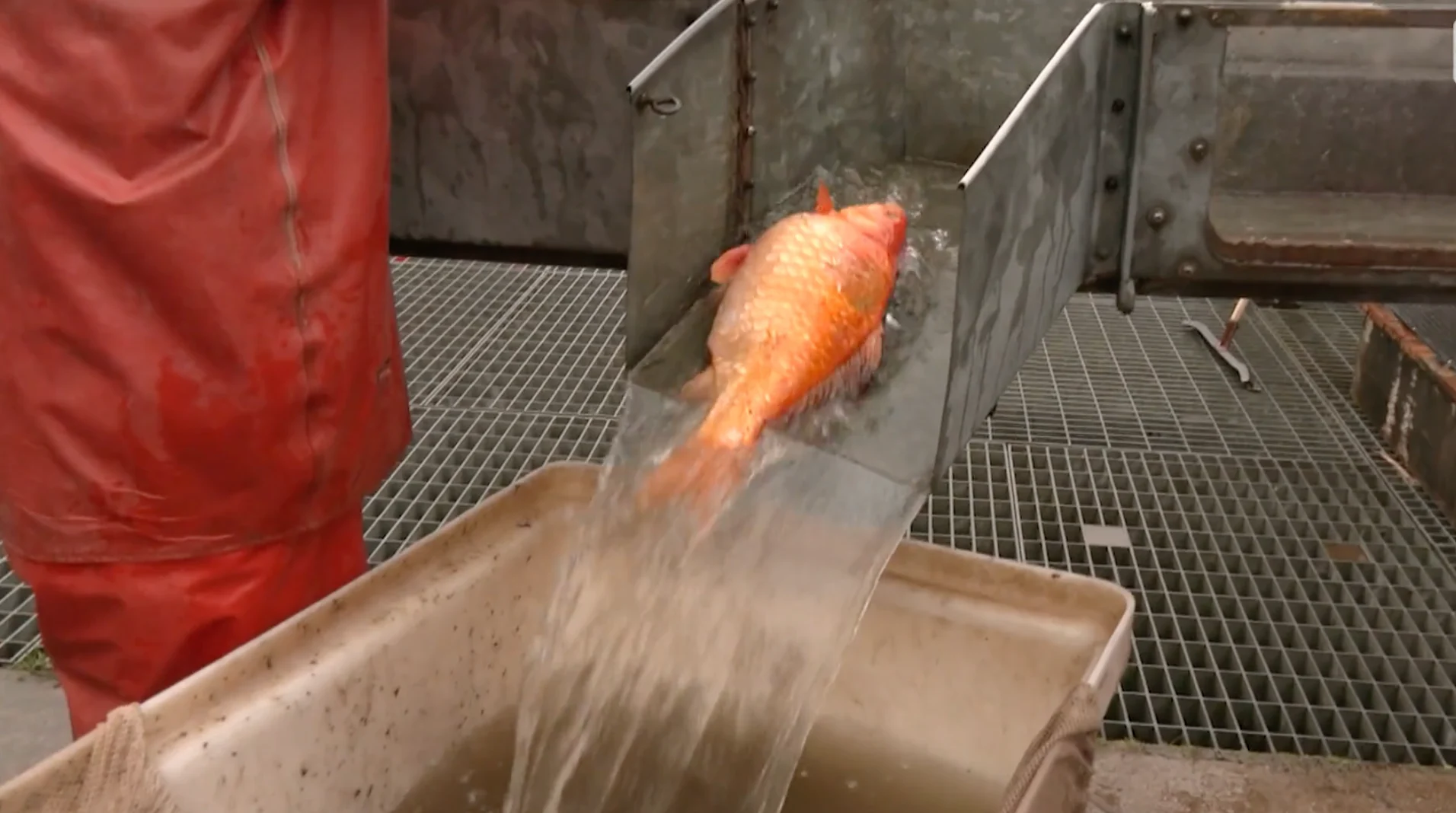
How 'wetland destroyers' are kept out of Hamilton's Cootes Paradise Fishway
The Weather Network's Victoria Fenn Alvarado got a behind-the-scenes look at Royal Botanical Garden’s ecologists hard at work as they sort through fish at Cootes Paradise Fishway to help keep invasive species out of critical habitats.
Ecologists with the Royal Botanical Gardens (RBG) help sort hundreds of fish daily at Cootes Paradise Fishway. Large cranes and baskets are used to protect native species and their wetland habitats.
The Fishway is located at the mouth of the Desjardins Canal, where Cootes Paradise Marsh flows into Hamilton Harbour. According to the RBG, its design keeps large invasive Common Carp out of the marsh but allows water and native fish to move between the two bodies of water.
Since 1997, the Fishway has been protecting Cootes Paradise Marsh. This barrier was designed to keep the large non-native carp in Hamilton Harbour and out of the marsh while maintaining the natural flow of water and native fish.

RBG’s Fishway is protecting native species and their wetland habitats functioning as fish strainer at the outlet. (Victoria Fenn Alverado/The Weather Network)
After a century of decline, the marsh has improved each year since the Fishway’s installation. The migration of fish is largely tied to spring spawning runs. The cool fall season and declining water levels allow the structure to be partially open to allow free fish movement.
The Fishway has been running for over 20 years, and with the help of RBG’s ecologists, Cootes Paradise Marsh is gradually reverting to its original state.
Watch RBG ecologists at work as they assist migrating fish to their spawning grounds in Cootes Paradise Marsh in the video that leads this article.






